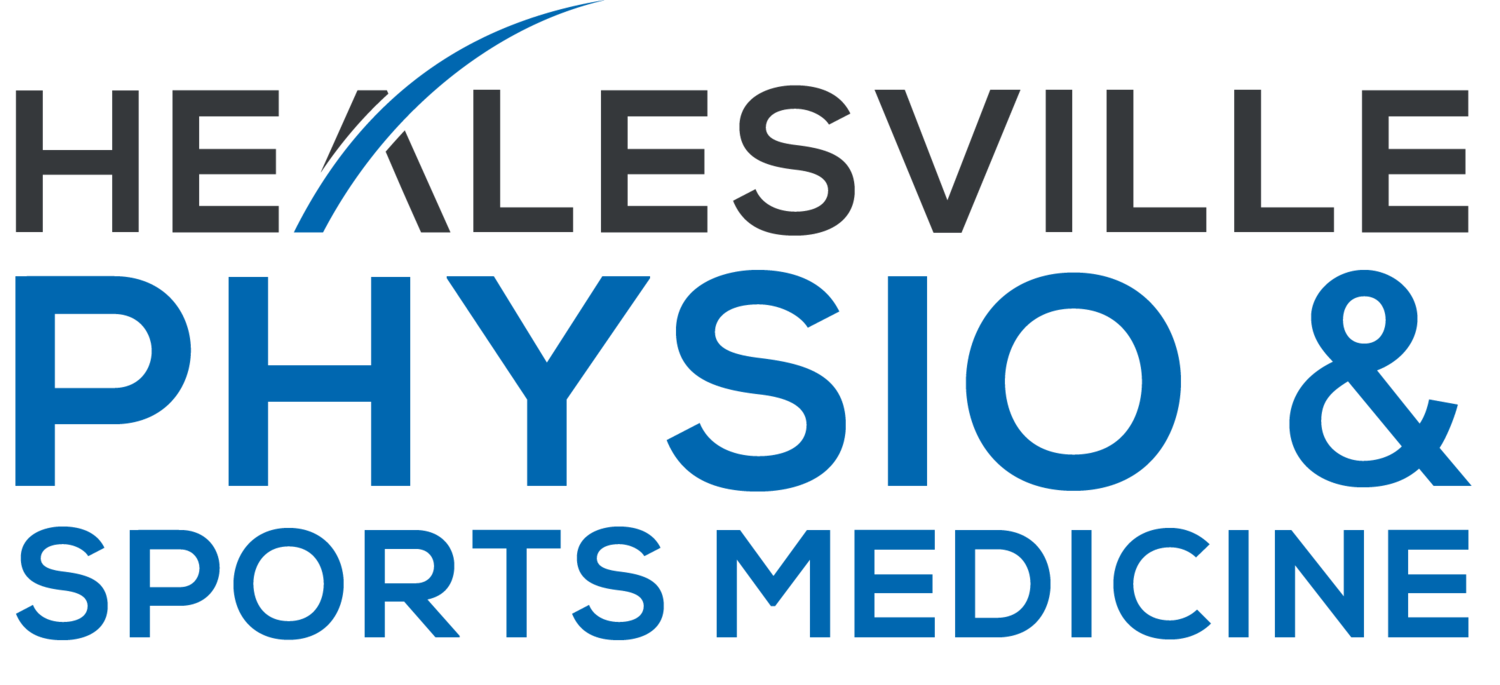Golfer’s Elbow
Do you have pain on the inner side of your elbow?
Then you may have Golfer’s Elbow.
Golfers elbow, also known as medial epicondylitis, is a type of tendinopathy that causes pain in the tendons of the muscles responsible for flexing the wrist. Pain is usually located on the inner side of the elbow. Golfer’s elbow is mostly an overuse injury where overload of the tendons has resulted in injury.
Who is at risk of Golfers elbow?
- Professions including carpentry and plumbing
- Sports including tennis, archery, cricket and baseball pitchers,
Symptoms of Golfer’s Elbow include:
- Pain on the inner side of the elbow, that may extend along the inside of the forearm
- A feeling of weakness in the wrist and hand
- Pain when making a fist
How can a physio help?
A physio specialises in accurate assessment, treatment and exercise prescription. For example, there is evidence to support that strength training decreases tendinopathy symptoms. A physio will also be able to assist in guiding your return to sport and work.
Other treatments a physio may incorporate are:
Load management
Strengthening programme
Soft tissue massage
Dry needling
Brace prescription
Shockwave therapy
Seeking treatment from your physio for any elbow pain is always better sooner than later.
Author: Hannah Senior - Physiotherapist
References
Barco, R., & Antuña, S. A. (2017). Medial elbow pain. EFORT Open Reviews, 2(8), 362–371. https://doi.org/10.1302/2058-5241.2.160006
Hoogvliet, P. (2012). Does effectiveness of exercise therapy and mobilisation techniques offer guidance for the treatment of lateral and medial epicondylitis? A systematic review, (Ann Rehabil Med. http://www.ncbi.nlm.nih.gov/pubmed/23709519
Michael C. Ciccotti, MA, RA, Michael A. Schwartz, MD, Michael G. Ciccotti, MD. (2004). Diagnosis and treatment of medial epicondylitis of the elbow. Clin Sports Med 23 (2004) 693-705

